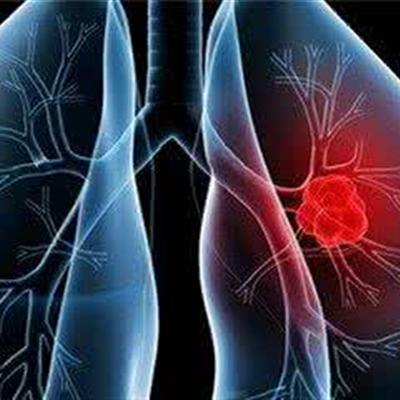Clinical symptoms of abdominal aortic aneurysm?
summary
Abdominal aortic aneurysm (AAA) is a kind of aneurysm like dilatation of the abdominal aorta, which is usually defined as aneurysm with a diameter increase of more than 50%. The ratio of male to female was 10:3, especially for smokers. Smoking also significantly increased the risk of aneurysm rupture. Most abdominal aortic aneurysms are below the level of renal artery. Clinical symptoms of abdominal aortic aneurysm? Let's talk about it.
Clinical symptoms of abdominal aortic aneurysm?
1. Patients with symptoms may have abdominal discomfort and abdominal pain, manifested as blunt pain or distending pain, mostly around the umbilicus and in the middle and upper abdomen. When the aneurysms compress the lumbar spine, there may be lumbosacral pain. Aneurysm compression of the intestine can produce symptoms of intestinal compression, such as nausea, vomiting, intestinal obstruction. Compression of the urinary system will appear hydronephrosis. Compression of the common bile duct can cause jaundice. If the aneurysm infection, tend to rupture or aortic dissection, abdominal pain can suddenly aggravate. The acute and chronic ischemic symptoms of the lower extremities occurred when the thrombus attached to the aneurysm fell off and embolized the lower extremities. Upper gastrointestinal bleeding may occur when the aneurysm penetrates the duodenum or jejunum.

2. Abdominal pulsatile mass is the main sign of abdominal aortic aneurysm. Most patients can touch pulsatile mass in abdomen, generally without tenderness, sometimes with tenderness and audible murmur. Abdominal aortic aneurysm mass is usually located in the umbilicus or above the umbilicus, on both sides of the midline. The distance between the upper boundary of the main aneurysm and the costal arch can accommodate two fingers, which often indicates that it is an abdominal aortic aneurysm below the renal artery. During the physical examination, the arterial pulsation and blood supply of both lower limbs should be checked, and the venous return should be paid attention to at the same time.

3. The pressure symptom aneurysm body expands unceasingly, may oppress the adjacent organ to produce the corresponding symptom. Compression of small intestine can lead to fullness, nausea and weight loss; If the duodenum is involved, the gastrointestinal tract may be blocked completely; Bilateral aoiliac artery aneurysms can compress the ureter, causing renal edema, renal colic and hematuria, but complete ureteral occlusion is rare. Abdominal aortic aneurysm compression of the vena cava or iliac vein can cause lower limb swelling.

matters needing attention
High protein nutrition should be taken before operation, and blood pressure, pulse and wound bleeding should be observed after operation. If the cardiopulmonary function is good and there is no bleeding after the operation, the patient should be encouraged to get out of bed early. If the lung function is poor, encourage the patient to cough and exercise.










